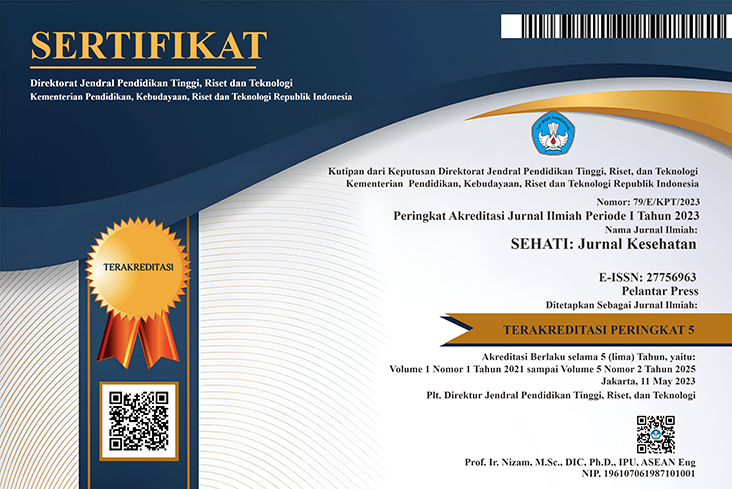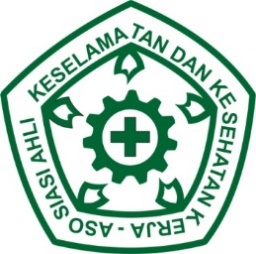Kajian pengelolaan limbah medis pada puskesmas di Kabupaten Bengkalis
Abstract
In the effort to protect and manage the environment, every business and/or activity must have an environmental permit. One of the lowest responsibilities of an entity or business carried out by an individual or group is a Declaration of Ability and Environmental Monitoring, (Law No.32 of 2009) Puskesmas waste is generated from patient care as well as from other supporting activities. In general, waste is grouped into two major groups, namely medical waste and non-medical waste, both solid and liquid. The problem of medical waste in Puskesmas should quickly get serious and focused attention because the production of medical waste is increasing every day and becomes a dangerous threat to health workers, patients, and the surrounding environment. This condition is a serious problem and is considered important from an environmental health aspect. The strategy for the study of medical waste management at Puskesmas is using SWOT analysis, one of the approaches used is a qualitative approach with a SWOT matrix. The matrix shows how medical waste management at Puskesmas is carried out according to the conditions of opportunities and threats faced with the strengths and weaknesses of Puskesmas. So the method used in this research is to identify the strengths, weaknesses, opportunities, and threats that are owned by the Puskesmas
Keywords
Full Text:
PDFReferences
Aris. (2008). Pengantar Kesehatan Lingkungan, Jakarta : EGC. Depkes RI.
Departemen Kesehatan RI, (2004), Keputusan Menteri Kesehatan Republik Indonesia Nomor 1197/Menkes/SK/X/2004, tentang Standar Pelayanan Farmasi di Rumah Sakit, Jakarta.
Djaja. (2006). Penilitian tentang Gambaran Pengelolaan Limbah Medis di Rumah Sakit, Jakarta.
Nadia. (2007). Evaluasi Pengelolaan Sampah Rumah Sakit Pusat Angkatan Darat Gatot Soebroto. Jurnal Presipitasi Volume 2, No. 1, Maret 2007.
Nursamsi. (2017) Tesis Pengelolaan Limbah Medis Padat pada Puskesmas Siak di Kabupaten Siak.
Undang-Undang Republik Indonesia Nomor 32 Tahun 2009 Tentang Perlindungan dan Pengelolaan Lingkungan Hidup. Jakarta. 2009
World Health Organization (WHO).
DOI: https://doi.org/10.52364/sehati.v2i2.27
Refbacks
- There are currently no refbacks.
Copyright (c) 2022 Pelantar Press

This work is licensed under a Creative Commons Attribution-ShareAlike 4.0 International License.

Ciptaan disebarluaskan di bawah Lisensi Creative Commons Atribusi-NonKomersial 4.0 Internasional.




